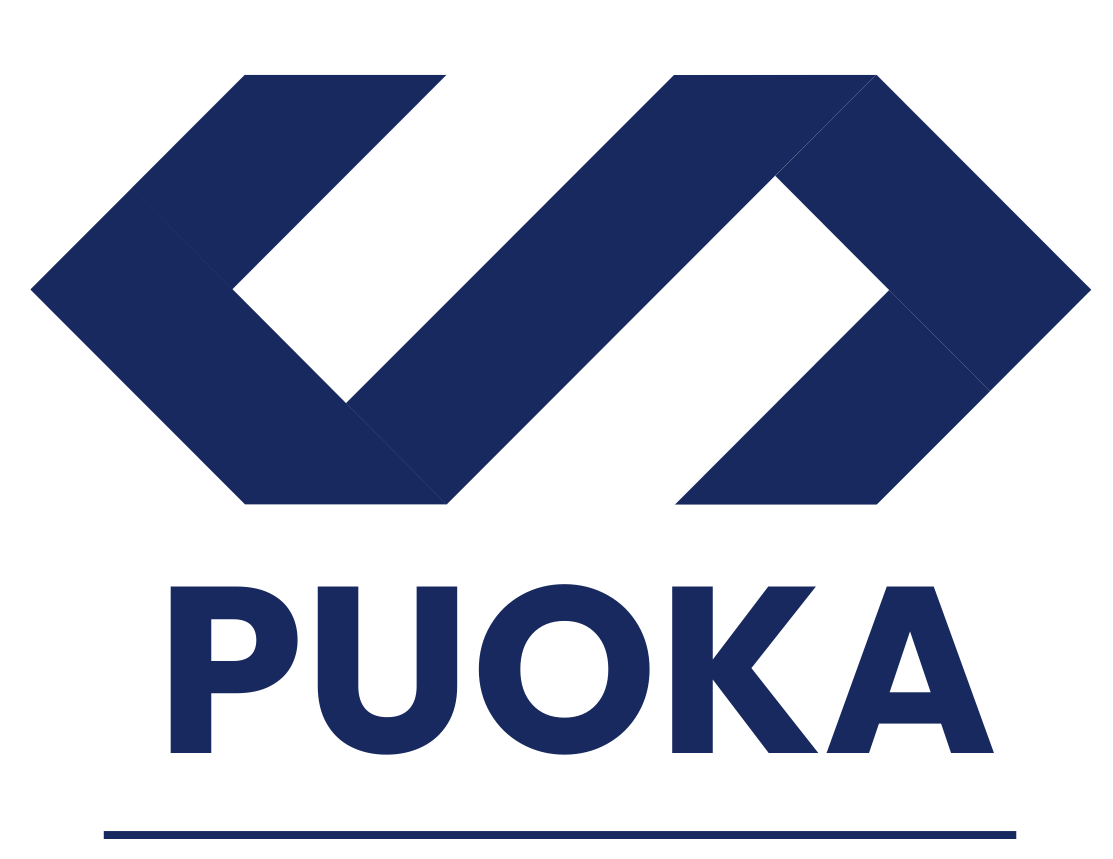Surprisingly, 96.55% of pages don’t pull organic traffic from Google, often due to outdated or misguided SEO tactics. This fact demonstrates why you need to recognize and avoid SEO myths that could derail your digital success.
Though SEO remains a shifting terrain, it’s possible to navigate it and steer clear of those myths and their resulting mistakes. In this guide, we’ll give actionable insights about what you should and shouldn’t do to increase your page’s visibility and boost your SEO strategy.
What Are Some Common SEO Myths Debunked?
Don’t let these SEO myths take your content strategy in the wrong direction.
Myth 1: Using High-Volume Keywords Is Enough
Instead of trying to win the battle for highly competitive, high-volume keywords, build your SEO strategy around the right topics and user intent. Keyword intent is the reason behind a searcher’s query in a search engine.
For example, you could use the keyword “apple” to target people looking for the fruit. However, they may be looking for Apple, Inc., the technology company. If your content centers around fruit when your audience wants tech information, your search rankings will drop because your information misses the primary search intent.
Keep in mind that intent falls into four main categories:
- Informational intent: Users are looking for facts or answers.
- Example: “What is the best diet?”
- Navigational intent: Users want to visit a specific website or page.
- Example: “Apple iPhone support.”
- Transactional intent: Users intend to make a purchase or complete an action.
- Example: “Buy iPhone 13.”
- Commercial investigation: Users are considering a purchase and want to compare options.
- Example: “iPhone vs. Samsung Galaxy reviews.”
Aligning your content with the appropriate intent meets user expectations and improves your search rankings.
Myth 2: You Don’t Have To Worry About Technical SEO
Technical SEO involves the behind-the-scenes aspects that ensure your site runs smoothly. Any advice to ignore it falls squarely into the category of SEO myths.
A fluid site appeals to your target audience and search engines. Neglecting technical SEO leads to:
- Slow loading times: Slow websites frustrate visitors and may make them leave before viewing your material. For example, if load times drop to three seconds from one, your bounce rate jumps 32%.
- Duplicate content: Pages with identical or almost identical content waste your crawl budget and dilute your backlinks. Consequently, the pages you want to rank higher might not get enough attention because users are going to less important pages on your site.
- Broken links: A link is like a promise of extra treasure troves of information, so broken links are like broken promises. Users lose confidence in you and go elsewhere if they can’t find the information you’ve promised them.
Allocate time and resources for technical SEO to keep your target audience and the algorithm happy.
Myth 3: Adding More Is Always Better

Trying to increase rankings with keyword stuffing is one of the most common SEO myths debunked long ago. In fact, content creators who stick to those tactics can even get banned from Google. Still, you can have overkill on your site in other ways.
For example, it’s true that 2,000-word blog posts can provide more value to readers and establish thought leadership. However, if your pages are unnecessarily wordy or full of fluff, readers will leave quickly, harming your SEO rankings.
The same goes for the number of web pages on your site. Again, a site that is a veritable library with hundreds or thousands of pages improves its odds of rankings. However, if it’s full of spammy or lightweight material, your site will look low-rent, and your rankings tank.
Quality should come along with quantity in SEO. Create top-notch pages, or hire a reliable firm to help you do so.
Myth 4: Mobile Optimization Isn’t Crucial for SEO
Thinking that mobile users’ needs aren’t important is one of the worst SEO myths because 63% of organic searches are from mobile users. So, websites that aren’t mobile-friendly risk losing a big part of their audience. To remedy this:
- Build a responsive design: Ensure your website adjusts to any screen size. Accommodate phones, tablets, and desktops.
- Simplify navigation: Keep menus short and sweet. Mobile users should find what they need easily.
- Decrease load times: Compress images and streamline your code to speed up loading on smaller, less powerful devices. Remember, faster sites hold users’ attention better.
- Include touchable elements: Buttons and links should be easy to tap on a touch screen. Make sure they are big enough and have enough space between them to avoid errors.
Cater to the mobile market, and your SEO will thrive.







